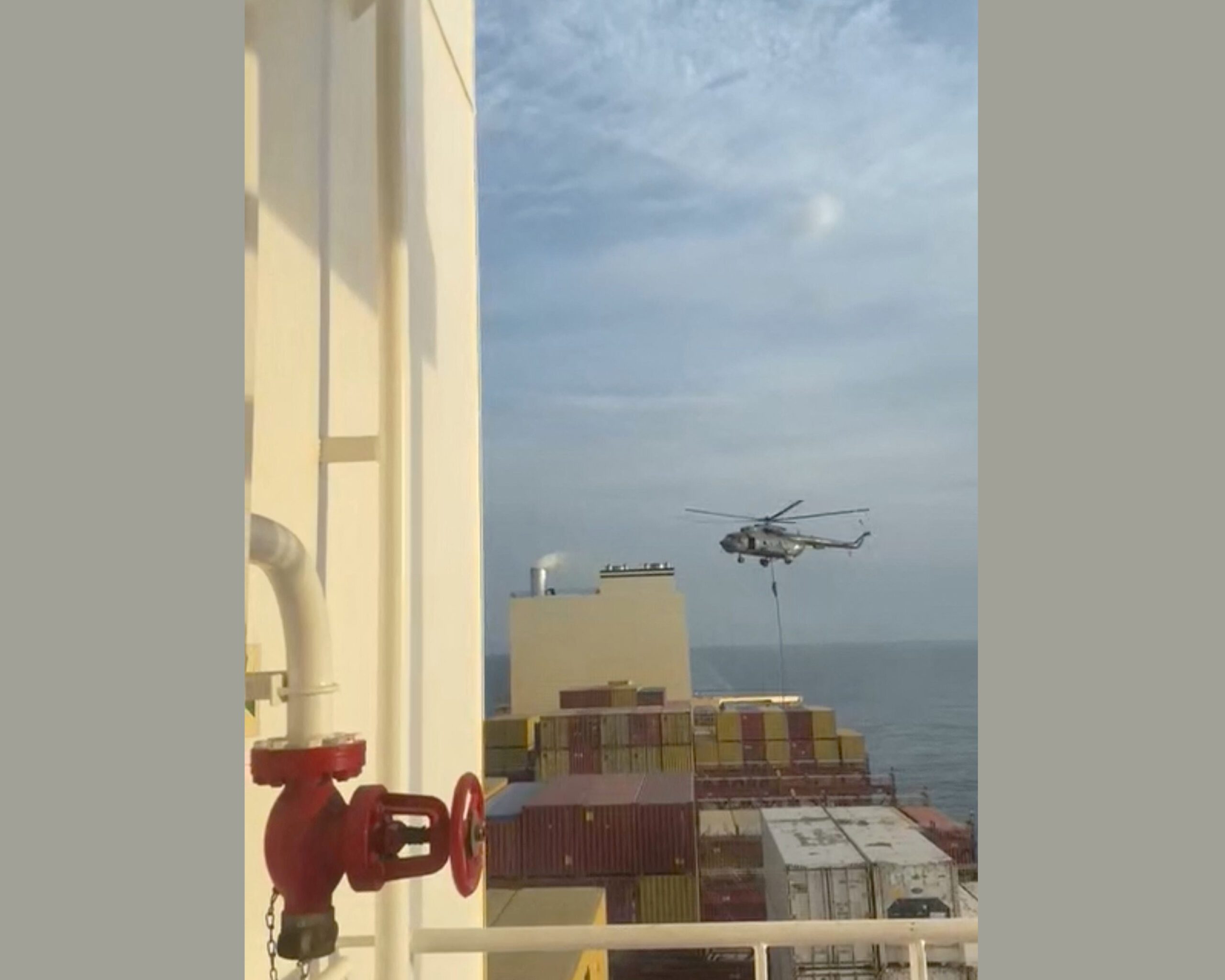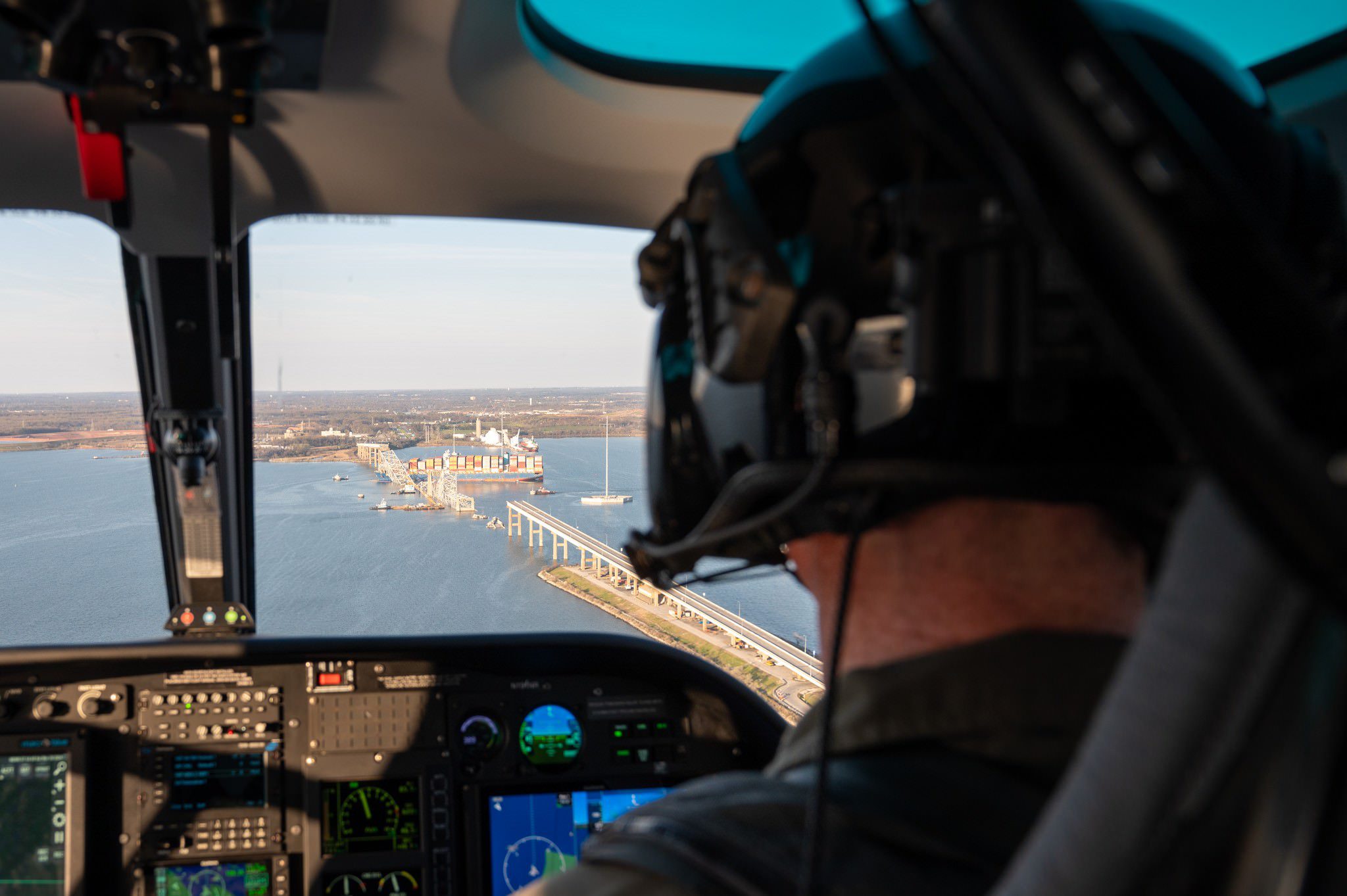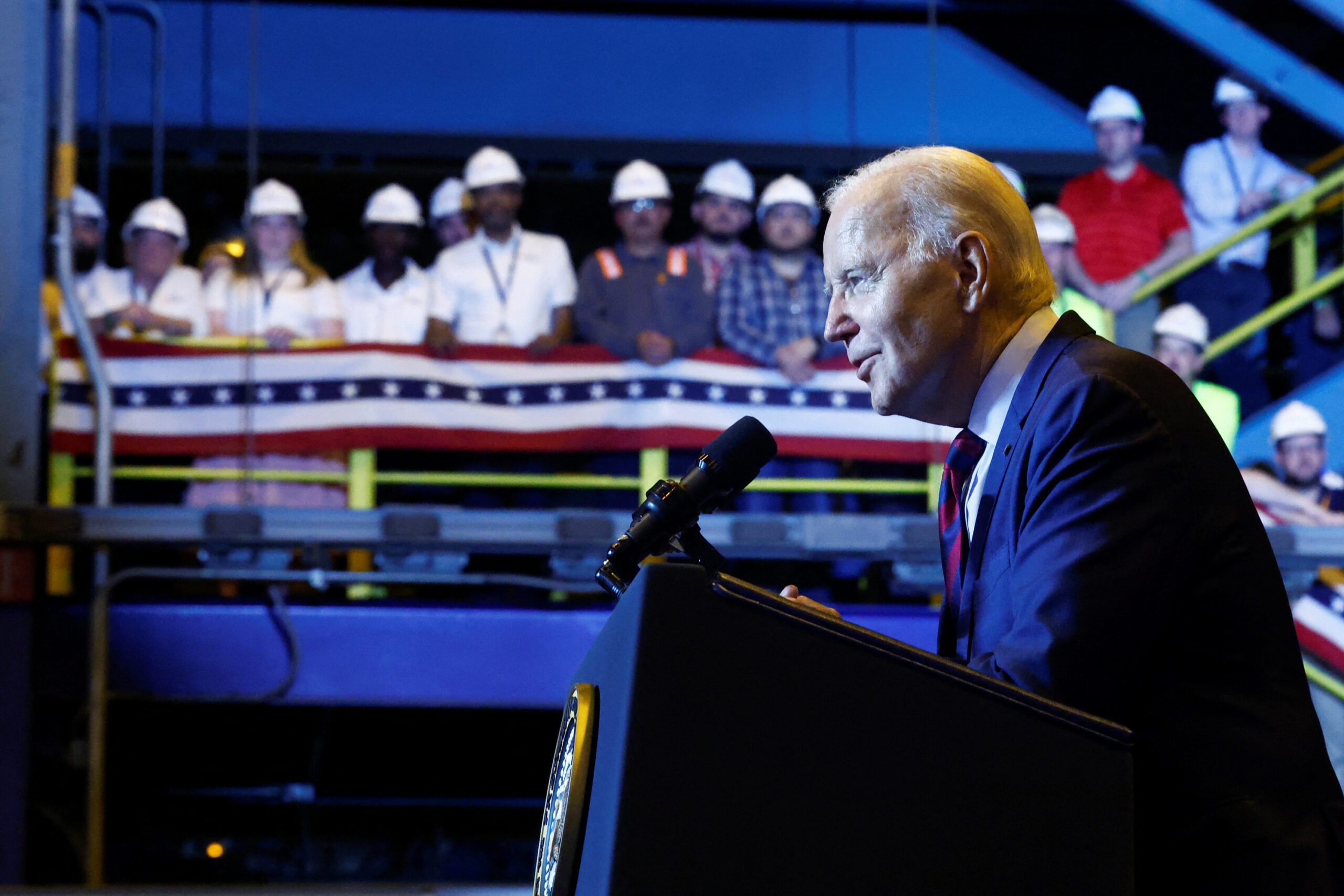“A lot of ships have this symbol painted on the hull. The middle of this marking is nine meters from the main deck. It is recommended that ships with more than nine meters of freeboard rig a combination of gangway and ladder and not just a ladder so the pilot doesn’t have a three-story climb to get on the ship.” – Lou Vest, Houston Pilot
By Owen Palmiotti (Coeval, Inc.)…I may have been in diapers when I first learned about communicating. Back then, I was most likely talking to my brother about which crayon tasted the best or what box of fruit juice had the coolest splatter pattern. We learn most of the basic elements of communication when we are toddlers. This communication grows and matures through schooling and life experiences and can be seen in every facet of life.
A Master-Pilot Exchange truly parallels those basic communication skills from our youth, combining the key elements of sender & receiver, ideas, encoding & decoding, and communication channel & feedback. Rather than listing out these items, the more effective path is a circular model in which the exchange of information gets processed by both the sender and receiver, and continually ebbs and floods.
The Warsash Maritime Academy sponsored Dr. Katherine Devitt to do a study on the Master-Pilot Exchange. In her research, she interviewed thirteen Pilots and nine Masters. What follows is a brief summary of her research:
• Failure to ask for, or provide relevant information
• Overload of information
• Failure to adapt to other cultures and languages
• Failure to establish trust and rapport
• Monitoring and challenging
• Failure to recognize fatigue and stress
Within Dr. Devitt’s research, an analysis of the 25 February 2008 accident about the product carrier, Sichem Melbourne making heavy contact with mooring structures at Coryton Oil Refinery Terminal. She summarized the accident with the following quote “The accident was primarily caused by a failure to exchange an proper level of information between the master and pilot before departure from the berth. Assumptions were made by both parties of the other’s intentions.”
On my first underway watch the pilot complained about a migraine as the ship was just moments away from departure. As I was standing beside the helmsman testing gear, I noticed the pilot wrap up the master pilot exchange and then moved to the centerline VHF radios. I couldn’t see what he tinkered with, although it would reveal itself later. As the tugboats were pulling us off, a vessel came into view. We hailed the vessel on various frequencies, but heard nothing. The vessels grew closer together, and although we were only shifting berths via tugs, on a mile long voyage, there was evidently a breakdown in communication. I watched the Master and Pilot argue about what to do. It then clicked, and I put one and one together. I cleared my throat and yelled out, “I think the pilot turned off the radio!” I may have said it three or sixteen times, but after some finger pointing, name calling, and perhaps even a few verbal onslaughts about someone’s mother and a farm-animal, the dynamic duo walked centerline and checked the VHF’s volume, only to reveal the other vessel’s Master screaming. All of this took place in about a minute or so, less time then it took to write it.
Luckily we caught the blunder in time. However, that is not the case in all situations. On November 7th, 2007, the container ship, Cosco Busan, struck Delta Tower of the San Francisco–Oakland Bay Bridge in thick fog which led to 53,569 US gallons bunker fuel to spill into San Francisco Bay. Investigators found that maritime pilot John Cota was impaired because of his use of prescription pharmaceuticals while piloting the container vessel, which rendered him unable to use the onboard radar and electronic navigation charts correctly. This occurred despite the fact that the Vessel Traffic Service of the United States Coast Guard warned Cota that the vessel was headed for the bridge. Cota was sentenced to 10 months in federal prison for his role in the incident. Then California Governor Arnold Schwarzenegger declared a state of emergency after meeting federal, state and local officials overseeing the cleanup. The proclamation made additional state personnel, funding and equipment available to assess and clean up the environmental damage.
The exchange of information between Master and Pilot should not be a guessing game. Both parties need to be transparent and have accessible information, whether it is spoken, or in written form via the Pilot’s Information Card. There needs to be a conference where the duo begin to build the foundations of trust and rapport, while adhering to the simplest elements of communications: listening. Each side needs to take it in, process and digest the information. Then they must have a continuing the dialogue during the transit, giving updates to each other as situations change. Even a brief concluding meeting is helpful in sharing information that either party noted. Past. Present. Future.
Take a minute and think about how important the effective transfer of information is. We were all taught how to properly interact, but having the right puzzle pieces in the wrong order doesn’t give you that satisfactory “Ah-ha” moment when the last piece is placed. Let’s build on those foundations and focus on key points that would strengthen the Master-Pilot Exchange: experience and familiarity, training and re-training on mission-specific equipment and practices, and an understanding of cultural, physiological or behavioral issues. Our industry is very reactive and because of the dangers associated within, accidents will always occur. The main focus should be on factors that lessen these mishaps and perhaps with a more proactive approach, we won’t be discussing the next maritime disaster over coffee.
Find out more about us at http://Coeval.us training for the #modernmariner.
Unlock Exclusive Insights Today!
Join the gCaptain Club for curated content, insider opinions, and vibrant community discussions.

 Join The Club
Join The Club













